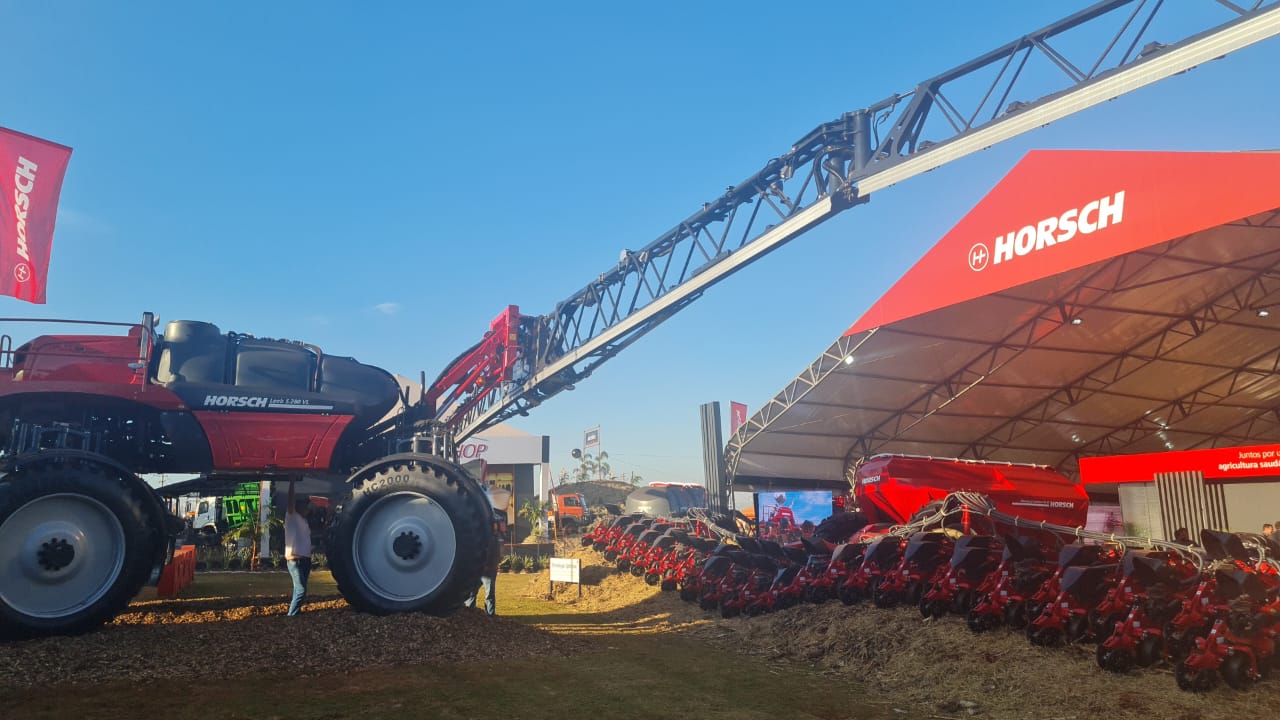This story began with a conversation. While talking with Scott Anderson of New Age Ag Supply, he shared how working alongside his father, Kevin Anderson, shaped his own path in agriculture. Scott’s work today is rooted in the same problem-solving mindset that drove Kevin to create one of the most influential seeding innovations in modern farming. That innovation became known as the Anderson Opener, and it eventually led to a partnership that helped bring Horsch equipment to North America.
A Farmer with an Idea
Kevin Anderson was a South Dakota farmer who believed the industry needed a better way to place seed and fertilizer in a single pass. In the early 1980s he designed what became the Anderson Opener, a tool built around the idea that fertilizer placement is just as important as seed placement. His design placed fertilizer in a band below the seed while delivering paired rows above it. The result was consistent emergence, stronger early growth, and a cleaner pass across the field.
Farmers began adopting it because it worked. What started as a shop-built solution soon became a manufactured product line, and in 1984, Kevin filed for a patent on his opener. That same decade, the idea caught the attention of a manufacturer from Europe who shared many of the same beliefs.
The Meeting That Changed the Direction of Two Companies
During the process of selling and demonstrating his opener, Kevin met Michael Horsch of Germany. By the late 1990s and early 2000s, Horsch Maschinen GmbH was already well known in Europe for its air seeders and tillage systems. Kevin’s opener fit perfectly with the agronomic philosophy behind Horsch’s equipment. Their relationship began around 2001 when Horsch entered the North American market by partnering with Anderson Machine in South Dakota.
What started as an opener supply arrangement soon grew into full machine manufacturing. Anderson’s facilities in Andover and Aberdeen played key roles in fabricating and assembling early Horsch Anderson equipment. The combination of Kevin’s opener designs and Horsch’s large scale seeding systems created a platform built specifically for North American cropping styles, especially wheat, canola, corn, and soybean regions.
As demand increased, Horsch expanded its footprint further and opened a major North American plant in Mapleton, North Dakota in 2014. This facility became the hub for engineering, fabrication, and assembly, which allowed Horsch to scale quickly across the United States and Canada.
How Widespread Horsch Has Become
Horsch equipment is now a familiar sight across much of North America, particularly in the Plains and Prairie regions. Their air seeders, such as the ATD and Maestro lines, have become common on large scale farms looking for precise seed placement and high efficiency in cereals and row crops. Their Joker tillage line has been adopted widely as a high speed vertical tillage tool for corn and soybean residue management. Their planters and cultivators have moved into the Corn Belt as farmers look for systems that deliver consistent emergence with minimal soil disruption.

The partnership that began with Kevin’s opener helped Horsch establish dealer networks, field support, and manufacturing capabilities that allowed the brand to grow from a newcomer in 2001 to a major equipment provider today.
A Story Worth Sharing
Kevin Anderson’s opener helped shape the evolution of one pass seeding and deep band fertilizer placement. His partnership with Horsch paved the way for a major global manufacturer to establish roots in North America. Today, Horsch equipment operates on millions of acres across the continent, and the relationship that started it all began with one farmer’s determination to build something better.


Leave a Reply